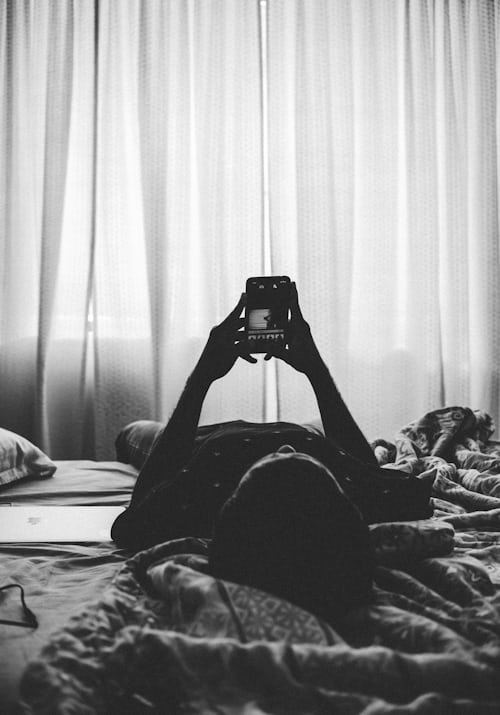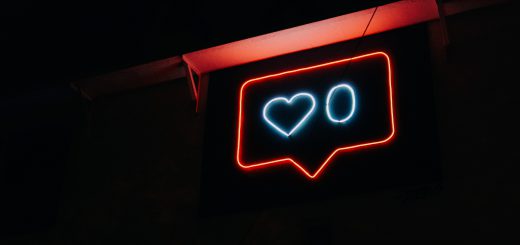The Neuroscience Behind Why We Use Instagram

Using social media can feel like a mindless activity. Most of the time, we’re opening apps and scrolling as if on instinct, and before we know it, it’s been an hour of alternating between apps and retaining absolutely nothing about what you just saw and who you interacted with. Using social media is a way for our minds to go on autopilot, spending time on your phone to kill time in line, in class, and when you’re lying down to put off going to bed.
But here’s the thing: our minds are always busy and doing something, including when we’re using social media. We’re processing the images we see and storing away information we read (or even glance at) into our working and possibly long-term memory. We’re interpreting interactions we have with others (whether they be through DMs or likes) and our minds tell us to refresh constantly in the hopes that a new post will interest us.
One study looked at the brains of young women between the ages of 18 to 35 to see how they reacted when they were specifically on Instagram. Although it’s one of the most popular social media platforms regardless of how people identify (it’s the second-most popular one among adolescents), 60% of users on the app are females under the age of 34.

This study found that posts about beauty and fitness (think of influencers and lifestyle/wellness themed accounts) decreased how the user rated their own attractiveness, which also had a correlation with those experiencing anxiety and depressive symptoms. Women – young girls especially – have had a long history with feeling pressured to meet beauty standards. However, ads and images of the “ideal” woman were once limited to billboards and magazines – now, they’re everywhere when you open your favorite app. This can also have more damaging effects on self-esteem on women of color too: African-American girls have a higher rate of smartphone use, but beauty standards often idealize looking white.
The number of likes can also trick our brains into valuing posts that are more popular than those that aren’t. Instagram may be rolling out a new update that hides likes and we may talk about how in the end, likes don’t matter, but our brains are more likely to automatically think its better, no matter what it’s about.

Essentially, our brains prefer and are heavily impacted by really popular, influencer-type posts on Instagram. This isn’t really news, but what it does tell us is that our brain is processing and retaining a lot of information when we’re lying there and scrolling on Instagram. Is there a way to tell our brains that we shouldn’t be caring about the number of likes on our post and to fight back against those thoughts telling us that we’re ugly when we see beauty posts? It’s possible. You can also limit who you follow just to accounts of people that you actually know or keep the number of influencers that you follow to a minimum. Your brain may process the images and likes in a negative way, but it also has the power to give you control about what you want to see on your feed and can also fight back against those negative feelings.
What are your thought processes when you’re watching YouTube videos or looking at Instagram posts? What kinds of accounts do you follow? Do you think the kind of content you choose to have on your feed can influence how you feel about yourself?




Recent Comments